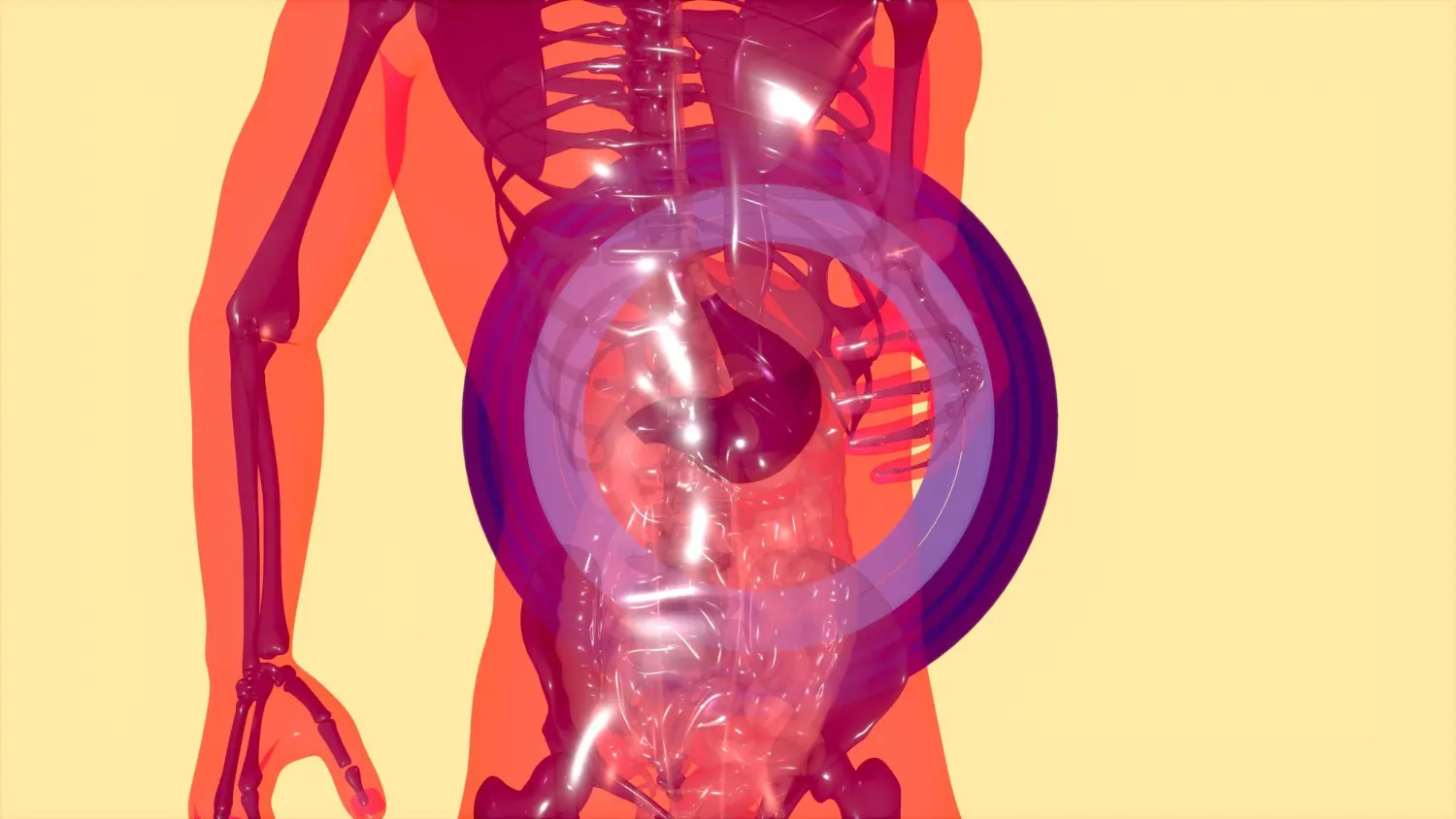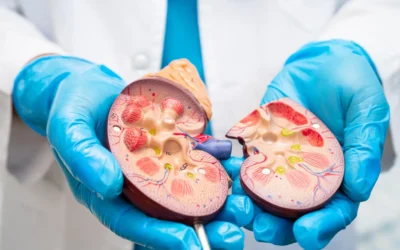Most people are aware of the spleen—a small, fist-sized organ nestled in the upper left side of the abdomen. It plays vital roles in blood filtration, immune response, and iron metabolism. Yet, what many may not know is that some individuals harbor more than one spleen. Known as an accessory spleen, this additional splenic tissue often goes unnoticed. While usually benign and asymptomatic, an accessory spleen can have significant implications, especially in the context of splenic injury, hematological disorders, and post-surgical recurrence of certain conditions.
With estimates suggesting that up to 30% of the population has at least one accessory spleen, understanding this anatomical variant is more than a curiosity—it’s a clinical necessity. This article explores the origins, functions, diagnostic challenges, and medical significance of accessory spleens, grounding the discussion in current medical research and clinical practice.
In This Article
What Is an Accessory Spleen?
An accessory spleen, also known as a splenule or supernumerary spleen, is a small nodule of splenic tissue that develops separately from the main spleen. Unlike pathological growths or tumors, accessory spleens are congenital anomalies, arising during embryonic development due to incomplete fusion of splenic tissue buds in the dorsal mesogastrium.
Most accessory spleens are small—usually less than 2 cm in diameter—and they are typically found near the hilum of the spleen, the tail of the pancreas, or along the splenic vessels. However, in rare cases, they may be located in distant sites like the scrotum, mesentery, or even the thoracic cavity.

Prevalence and Anatomical Locations
Accessory spleens are relatively common findings in both autopsy and imaging studies. A key study by Halpert and Györkey (1959) revealed their presence in approximately 10–30% of autopsies. Their prevalence and common anatomical sites are summarized below:
Table 1: Common Locations of Accessory Spleens and Their Frequency
| Location | Frequency (%) |
|---|---|
| Splenic hilum | 75 |
| Tail of pancreas | 20 |
| Gastrocolic ligament | 2 |
| Mesentery | 1 |
| Gonads (rare cases) | <1 |
| Thoracic cavity (extremely rare) | <0.01 |
The clinical significance of these locations becomes apparent in procedures like splenectomy, where unrecognized accessory spleens may result in disease recurrence.
Embryological Origins and Development
Understanding the embryological development of accessory spleens sheds light on their seemingly random distribution. During fetal development, the spleen originates from mesenchymal cells in the dorsal mesogastrium around the fifth week of gestation. As the stomach rotates, the splenic buds coalesce to form a single organ. However, incomplete fusion or fragmentation of these buds can lead to accessory spleens forming along the path of migration.
This explains why accessory spleens are typically located along embryological lines of splenic migration—such as near the pancreas or within the gastrocolic ligament.
Diagnostic Challenges and Imaging
Because accessory spleens are usually asymptomatic and small, they are often discovered incidentally during imaging or surgery. However, in certain conditions—such as unexplained abdominal pain, hematological disorders, or suspected tumor recurrence—they may become diagnostically relevant.
Imaging Modalities:
- Ultrasound (US): Often the first imaging modality used. Accessory spleens appear as well-defined, round masses with echogenicity similar to the native spleen.
- CT and MRI: Provide more definitive anatomical localization. Accessory spleens enhance similarly to the main spleen post-contrast.
- Nuclear Medicine (99mTc-labeled heat-damaged RBC scan): Highly specific in confirming splenic tissue and used in cases of suspected residual splenic function post-splenectomy.
Clinical Relevance in Disease and Surgery
While an accessory spleen usually remains harmless, there are several clinical situations in which it becomes important.
1. Hematologic Diseases and Splenectomy
Patients with hereditary spherocytosis, idiopathic thrombocytopenic purpura (ITP), or other autoimmune hematologic diseases may undergo splenectomy as a therapeutic measure. In such cases, failure to remove accessory spleens can lead to persistent or recurrent symptoms.
A landmark study in the Journal of Pediatric Surgery found that up to 16% of patients had recurrence of hemolytic symptoms post-splenectomy due to overlooked accessory spleens.
2. Splenic Trauma and Rupture
Accessory spleens may act as a reservoir for hemorrhage in cases of abdominal trauma. If not recognized, an accessory spleen could lead to continued internal bleeding despite an apparently successful splenectomy.
3. Lymphoma or Metastatic Disease
Accessory spleens can mimic metastatic lymph nodes or primary tumors in the pancreas or gastrointestinal tract. This is particularly significant in cancer staging, where misidentification can lead to overtreatment or surgical misdirection.
4. Functional Splenic Regrowth Post-Surgery
In some cases, an accessory spleen may enlarge and take over some of the immunological functions of the main spleen. While potentially beneficial, this can also confuse imaging interpretation or hematologic assessments intended to confirm “asplenia.”
Accessory Spleens vs. Splenosis
It is important to distinguish between accessory spleens and splenosis—a condition where splenic tissue is autotransplanted to other parts of the body following trauma or splenectomy.
| Feature | Accessory Spleen | Splenosis |
|---|---|---|
| Cause | Congenital | Acquired (post-trauma/surgery) |
| Number | Usually one or a few | Multiple |
| Blood Supply | From splenic artery | From surrounding tissue vessels |
| Capsule Presence | Encapsulated | Non-encapsulated |
| Imaging Features | Uniform enhancement | Variable, often scattered masses |
Proper differentiation is essential for treatment decisions and to avoid mistaking splenosis for malignant lesions.
Case Reports and Clinical Vignettes
Several documented cases illustrate the nuanced role of accessory spleens in clinical medicine. For instance, a 32-year-old woman with persistent ITP after splenectomy was found to have a 1.8 cm accessory spleen near her pancreas. After laparoscopic removal, her platelet count normalized within weeks.
In another case, an accessory spleen mimicked a neuroendocrine tumor in the pancreatic tail on CT and MRI, leading to unnecessary pancreatic resection until pathology revealed benign splenic tissue.
These examples underscore the necessity of considering accessory spleens in differential diagnosis.
Management and Surgical Considerations
When identified incidentally, an accessory spleen typically does not require removal. Surgical intervention is considered under the following circumstances:
- Failure of therapeutic splenectomy in hematologic disorders.
- Symptomatic mass effect, such as abdominal pain or pressure.
- Suspicion of malignancy that cannot be ruled out with non-invasive imaging.
Laparoscopic resection remains the preferred method due to its minimally invasive nature and precision in localization.
Practical Advice for Clinicians and Patients
- Clinicians should be vigilant for accessory spleens during splenectomy planning. Pre-operative imaging and intraoperative exploration are key.
- Radiologists must distinguish accessory spleens from tumors or metastatic lymph nodes through multi-modal imaging.
- Patients undergoing splenectomy for hematologic disorders should be informed about the possibility of residual splenic tissue and the implications for treatment success.
Conclusion: Hidden but Significant
Accessory spleens may be overlooked due to their asymptomatic and often inconspicuous presence. However, in certain clinical contexts, they hold considerable significance. Whether complicating a splenectomy, mimicking a tumor, or perpetuating disease recurrence, these small nodules can exert outsized effects on health outcomes.
A deeper understanding of their development, diagnosis, and clinical implications enables better decision-making for both clinicians and patients. By shedding light on this hidden aspect of human anatomy, we equip healthcare providers with the insight to avoid diagnostic pitfalls and optimize patient care.
References
- Halpert, B., & Györkey, F. (1959). Lesions observed in accessory spleens of 311 patients. Archives of Pathology, 68, 178–181.
- Mortelé, K. J., et al. (2004). Accessory spleen mimicking pancreatic neoplasm: CT and MR imaging features. Abdominal Imaging, 29(5), 660–663. https://doi.org/10.2214/ajr.183.6.01831653
- Zhang, Z., et al. (2015). Accessory spleens: Findings on CT and MRI. Insights into Imaging, 6(3), 335–343.
- Khosravi, M. R., et al. (2017). Incidental accessory spleen: A rare pancreatic mass. Journal of Clinical Imaging Science, 7, 38.
- Targarona, E. M., et al. (1995). Residual splenic function after laparoscopic splenectomy in patients with idiopathic thrombocytopenic purpura. Surgical Endoscopy, 9(3), 284–287.









0 Comments